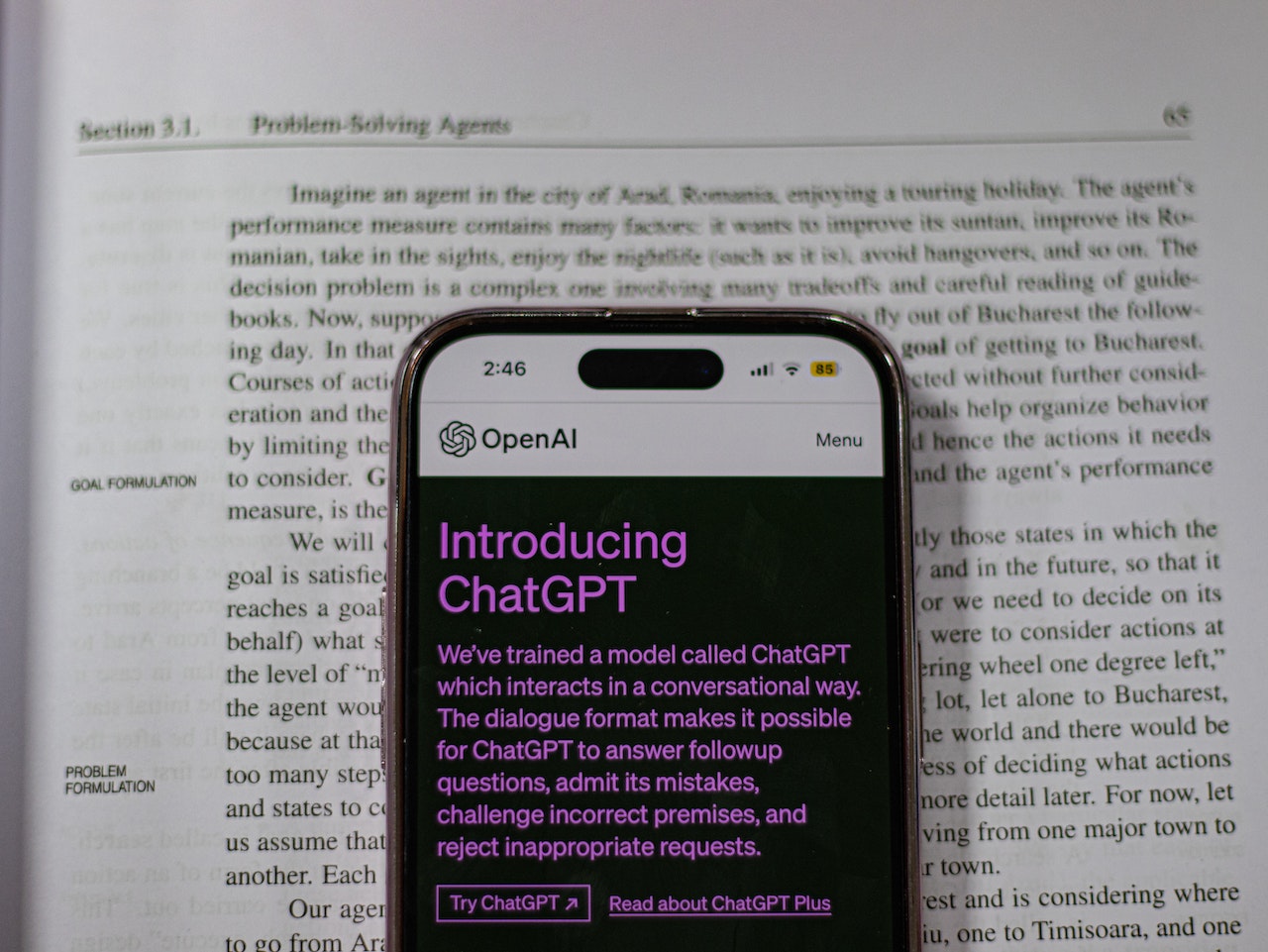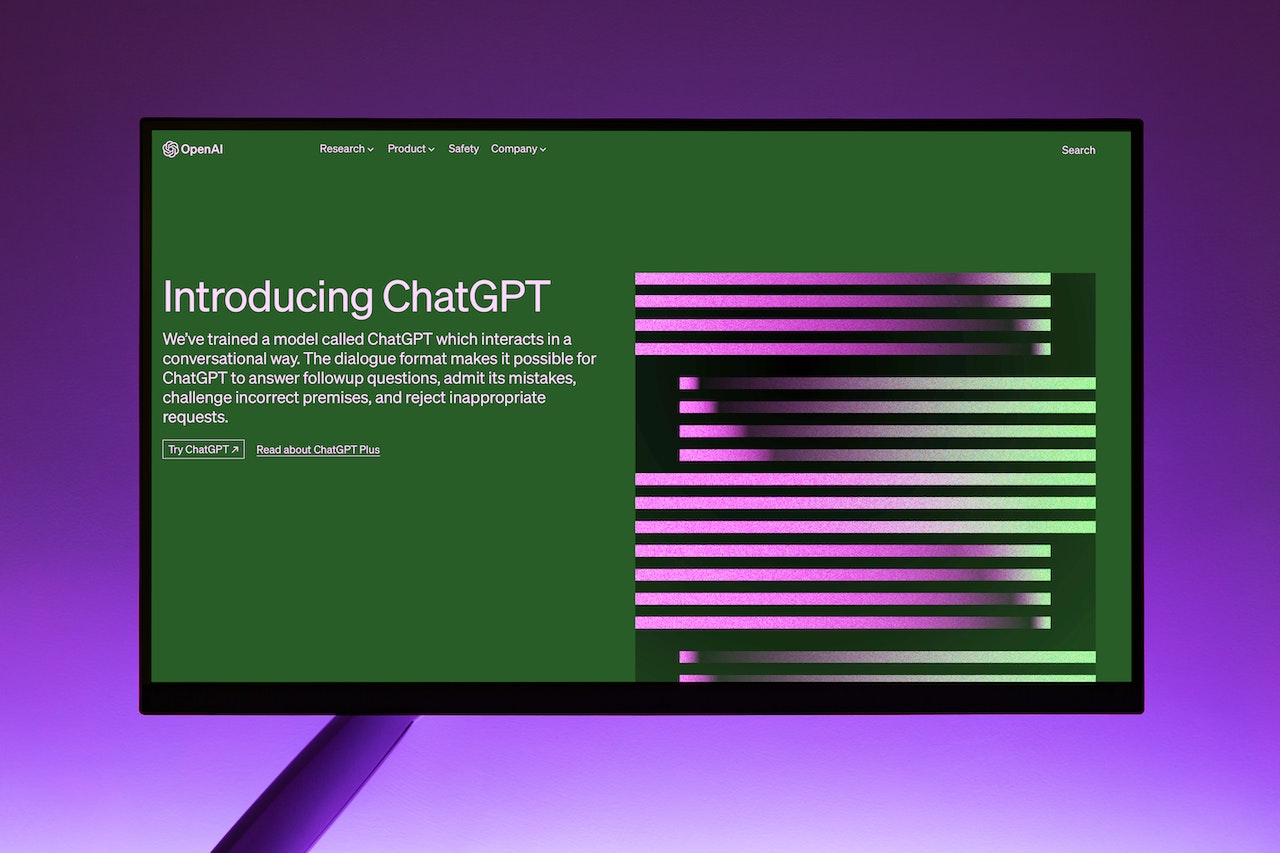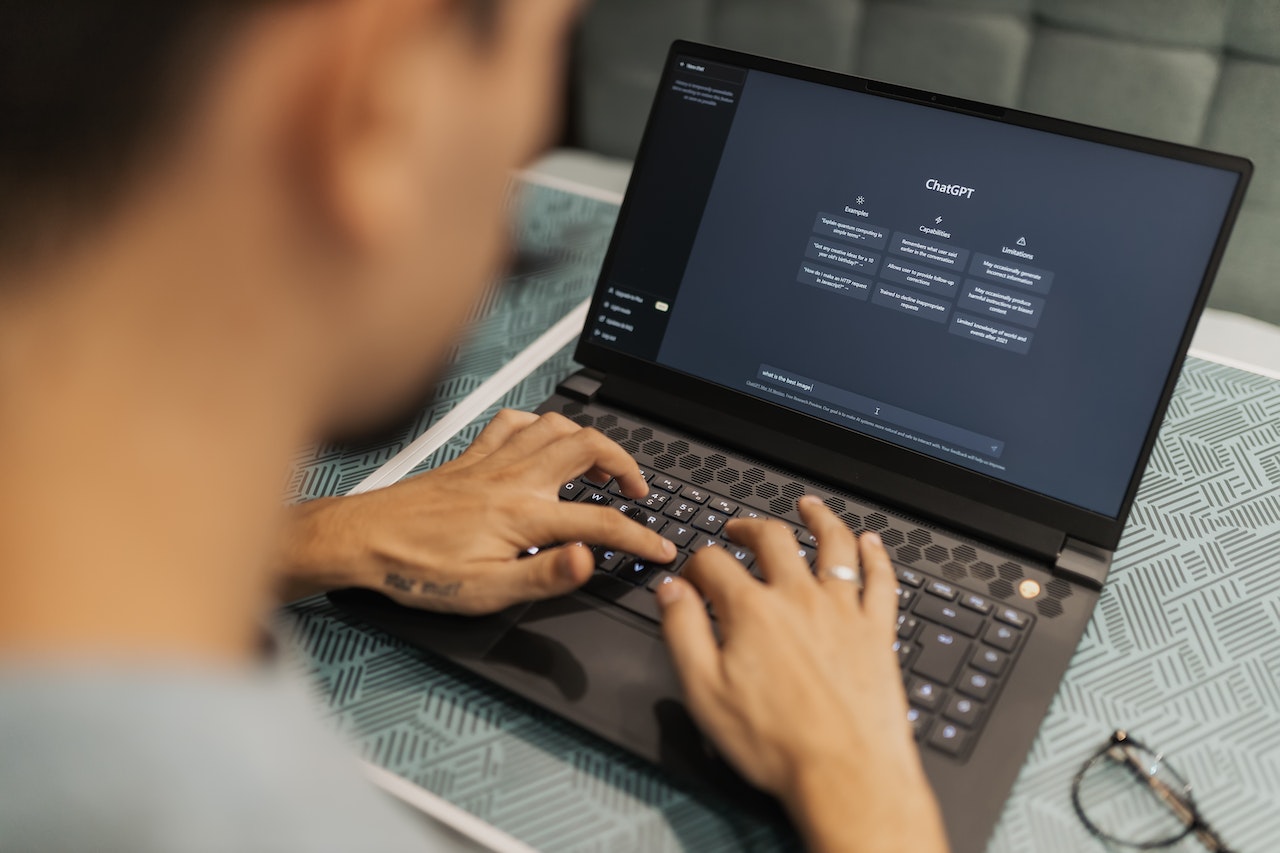Art has been a form of human expression since ancient times, encompassing a wide range of mediums, styles, and techniques. However, with the rapid advancements in artificial intelligence (AI), the world of art is undergoing a transformation. AI art, created by algorithms and machine learning, has gained significant attention in recent years. This article delves into the debate of whether AI art is better than human art, exploring various aspects of creativity, emotion, technical skills, cultural context, and the role of AI in enhancing human artistic endeavors.
Introduction
Artificial intelligence, a field of computer science, has made remarkable progress in replicating human-like capabilities, including creative tasks. AI art refers to artwork generated by algorithms or machine learning models. It ranges from paintings and sculptures to music compositions and poetry. On the other hand, human art represents the creative output of individuals, reflecting their emotions, experiences, and cultural backgrounds.
Definition of AI Art
AI art involves the utilization of algorithms and machine learning models to generate artistic creations. These algorithms analyze vast amounts of data and learn from patterns to produce unique artworks. AI art can mimic various artistic styles, ranging from classical to abstract, and even create entirely new styles that have never been seen before.
Definition of Human Art
Human art is the result of human creativity, emotions, and experiences. It encompasses a wide array of artistic expressions, such as painting, sculpture, literature, music, dance, and more. Human artists use their imagination, skills, and personal perspectives to convey messages and evoke emotions through their artworks.
Comparison of AI Art and Human Art
Creativity in AI Art
AI art has demonstrated impressive creative capabilities by producing novel artworks. These creations often challenge traditional notions of art and push the boundaries of human imagination. However, it is essential to note that AI algorithms rely on existing data and patterns to generate art. While they can create unique combinations and styles, they lack the originality and depth of human creativity.
Emotion and Expression in Human Art
One of the defining aspects of human art is its ability to convey emotions and evoke powerful responses. Human artists infuse their personal experiences and feelings into their creations, making them relatable and meaningful. AI art, although capable of producing aesthetically pleasing visuals or melodies, struggles to replicate the depth of human emotions and the profound connections that human art can establish.
Technical Skills in AI Art
AI art demonstrates exceptional technical precision and flawless execution. Algorithms can analyze intricate details, colors, and compositions with unmatched accuracy. However, technical skills alone do not encompass the entirety of artistic expression. Human artists possess a unique touch, intuition, and ability to break rules intentionally, which adds an element of spontaneity and imperfection that resonates with audiences.
Cultural Context and Human Art
Human art is deeply influenced by cultural backgrounds, historical events, and societal contexts. It serves as a medium for preserving and expressing cultural heritage, traditions, and narratives. AI art, being a product of data analysis, lacks the inherent cultural depth and significance that human art embodies. Human artists incorporate their cultural experiences and perspectives, enabling art to serve as a reflection of society.
Limitations of AI Art
Despite its advancements, AI art has several limitations. Algorithms are confined to preexisting patterns and lack the ability to genuinely understand or interpret emotions. AI can imitate artistic styles but struggles to create meaningful narratives or concepts independently. Additionally, AI art may lead to concerns of originality and authenticity, as it is derived from existing datasets and previous artworks.
The Role of AI in Enhancing Human Art
Rather than replacing human artists, AI has the potential to augment their creative abilities. AI tools and techniques can be employed as aids, assisting artists in generating ideas, exploring new possibilities, and enhancing their technical skills. Collaboration between humans and AI can lead to innovative and unique artworks that combine the best of human creativity and machine precision.
The Future of AI Art
The future of AI art is promising and exciting. As AI technology continues to advance, we can expect even more sophisticated algorithms capable of generating compelling and thought-provoking art. However, it is important to recognize that AI art and human art serve different purposes and have distinct qualities. AI art may evolve, but human art will always maintain its distinctive essence and emotional depth.
Conclusion
In conclusion, the debate of whether AI art is better than human art is complex and multifaceted. While AI art showcases impressive technical skills and the ability to generate unique creations, it falls short in terms of the depth of human emotions, cultural context, and originality. Human art, with its innate creativity, expression, and cultural significance, remains unparalleled. However, rather than competing, AI and human art can complement each other, ushering in a new era of artistic exploration and innovation.
FAQs
Q: Can AI art completely replace human art? A: No, AI art cannot replace human art entirely. While AI can create impressive artworks, it lacks the depth of human emotions, cultural context, and originality that human artists bring to their creations.
Q: Will AI art eliminate the need for human artists? A: AI art will not eliminate the need for human artists. Instead, it has the potential to enhance human artistic abilities by providing new tools, ideas, and techniques for exploration.
Q: Can AI-generated art be considered truly creative? A: While AI can produce novel and unique artworks, true creativity involves originality, imagination, and the ability to express emotions, which are innate to human artists.
Q: How can AI and human artists collaborate? A: Collaboration between AI and human artists can occur through the use of AI tools and techniques as aids in the creative process. AI can assist in generating ideas, exploring possibilities, and enhancing technical skills.
Q: What is the future of AI art? A: The future of AI art is promising. As AI technology advances, we can expect more sophisticated algorithms capable of generating compelling and thought-provoking artworks. However, human art will always maintain its distinct essence and emotional depth.





